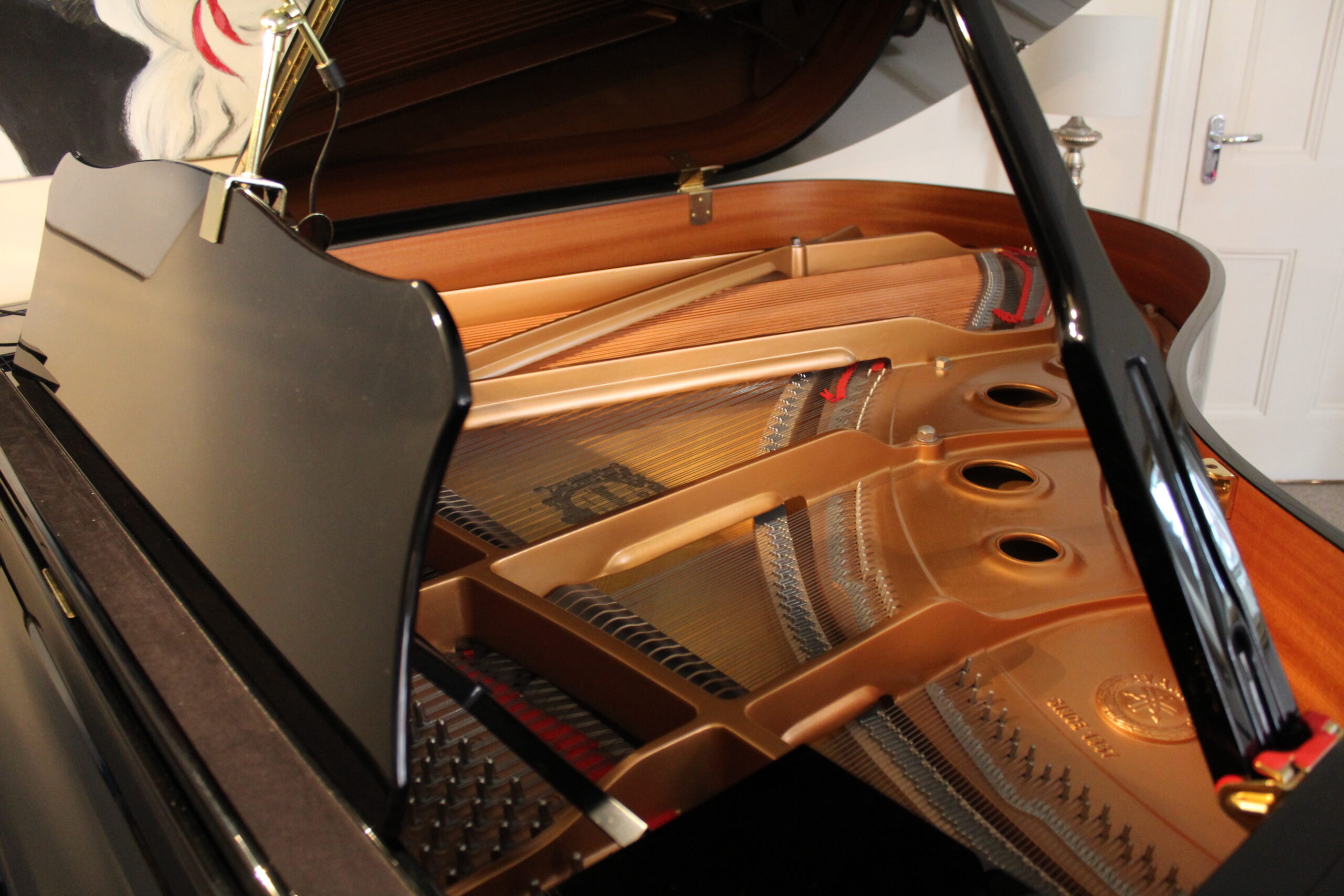Setting up a piano recording studio
Seting up a piano recording studio by Thomas Rickerby
Setting up a piano recording studio
As the resident audio engineer at The London Piano Recording Studio WKMT, I am responsible for the recording, mixing and mastering of the Piano recording sessions that take place at our studio. In this series of articles, I will share with you our recording process, and impart some general guidelines for recording piano from both a technical and creative viewpoint.
In part 1 of this series, I will explore the necessary preparations required for a successful piano recording, from both the pianist and the engineer.
Starting at an obvious point; the piano itself should be up to a good standard. A well made and well-kept piano will result in a better final sound than any microphone or piece of recording equipment could achieve. The piano at our WKMT studio is a Yamaha C3 Grand Piano which is tuned and maintained regularly by Ian Gordon, one of the top piano technicians in London. In addition to this, we also reserve the piano for recording use only, so that the chance of wear is minimized.
Next, we place the piano in the most suitable room available. In our case the piano is in the largest room, providing a nice natural ambience that we can capture and control during the recording. Setting up a piano recording studio needs a lot of attention. The piano is placed in the optimal position within the room, away from reflective surfaces such as the windows and mirrors so that the sound is more controlled and balanced across the frequency spectrum. Any noise making devices are then turned off or removed, these can include laptops, fans, creaky chairs etc…, this is to ensure as little interference with the sound of the piano as possible.
From a pianist’s point of view, I recommend taking the following preparations.
-
Setting up a piano recording studio – Know the material
It may seem obvious but many pianists (and musician in general) have not learnt their material to the best of the ability before recording. First, decide exactly what you want to record, it could be one piece or an entire album’s worth of material. Next learn the material inside out, even if it is your own composition, knowing every nuance required will help with a better-finished result. Also, bear in mind that if you plan to sight read, page turning will be picked up on the recording.
-
How do you want to perform it?
Then decide how you would like to perform the material, is it to be played with a metronome? Is it to be performed in sections or all the way through? These decisions should be thought beforehand and discussed with the engineer if possible, as these decisions will impact the recording and editing process.
-
How much time do you need?
Depending on factors 1 and 2, you should estimate a rough time it will take you to execute the recording. Always allow for more time than you think you need, to cover for any unforeseen delays, mistakes, nerves etc… It is recommended that you execute the performance of a piece within a single session, as the piano will never be identical in two different recording sessions, even in the same studio with the same equipment. You should also consider editing time, though this can be done in a separate session if so desired.

